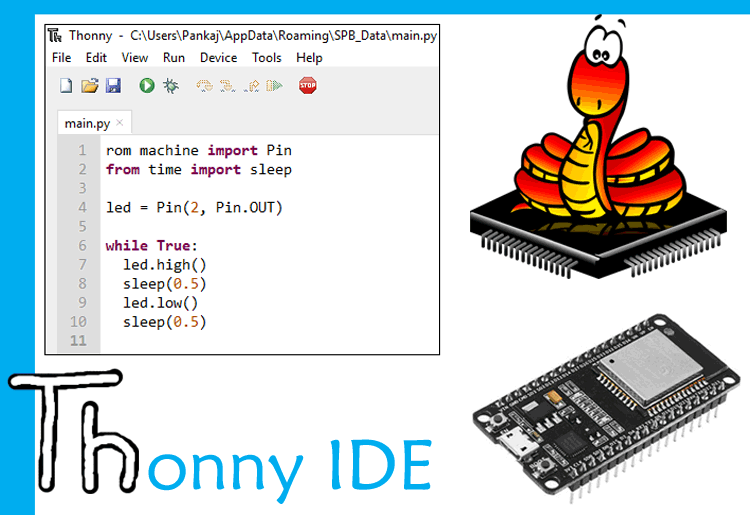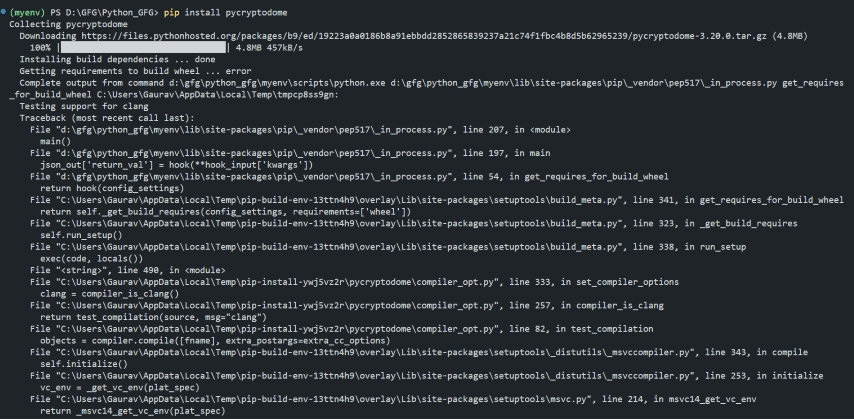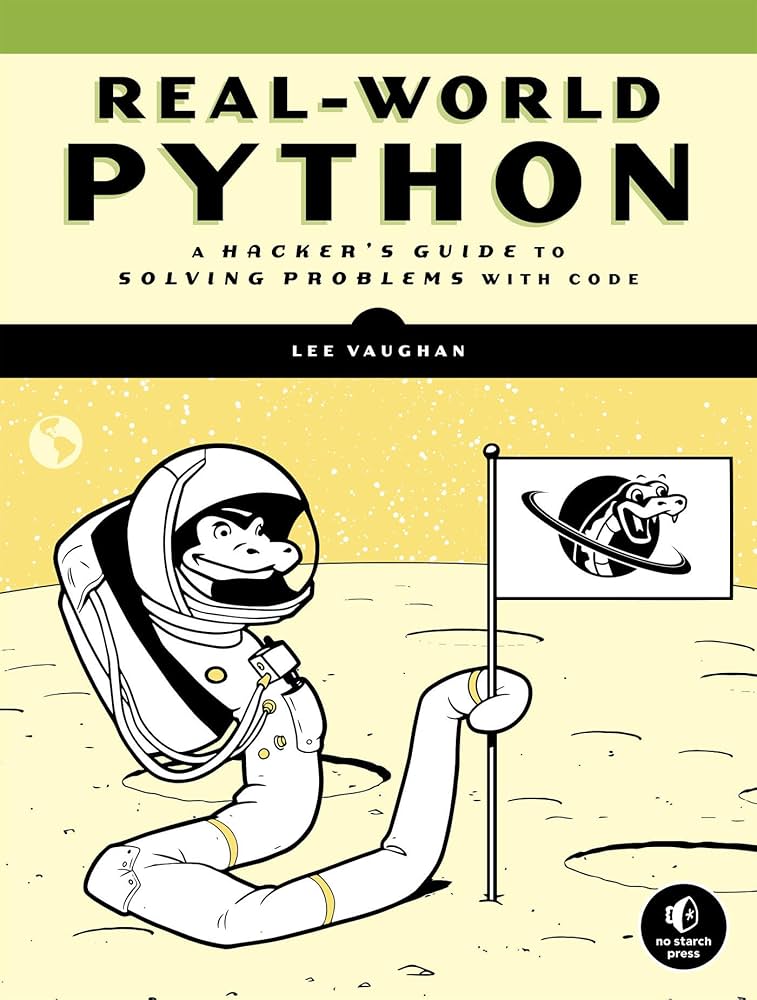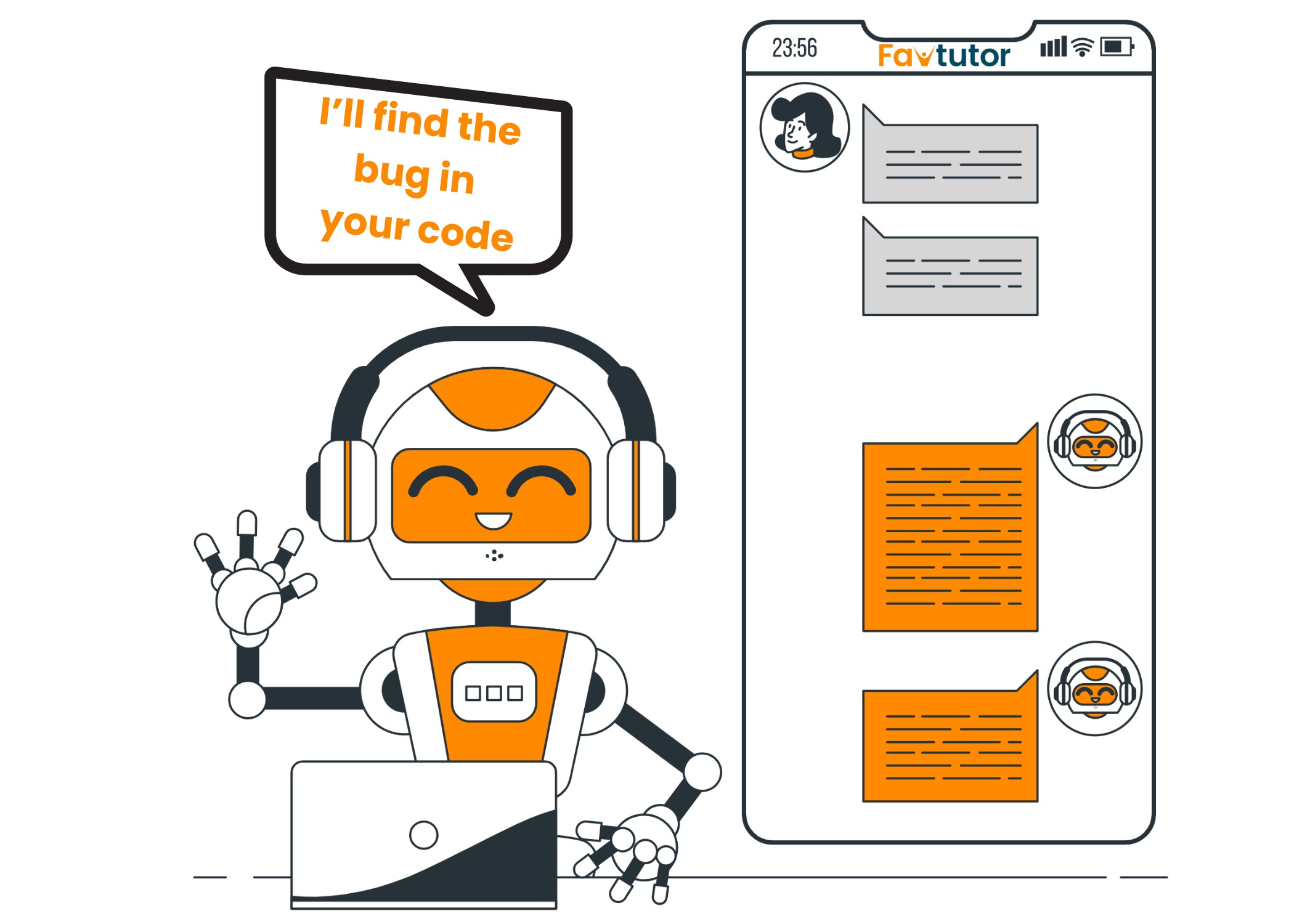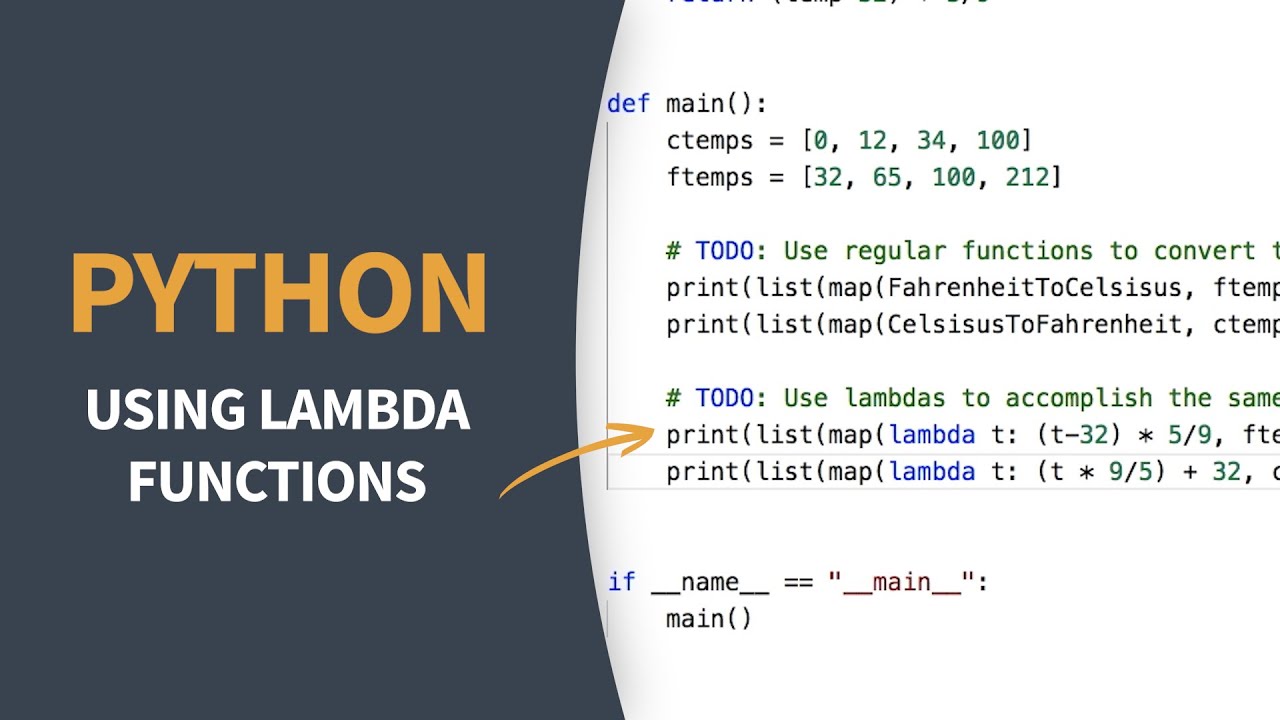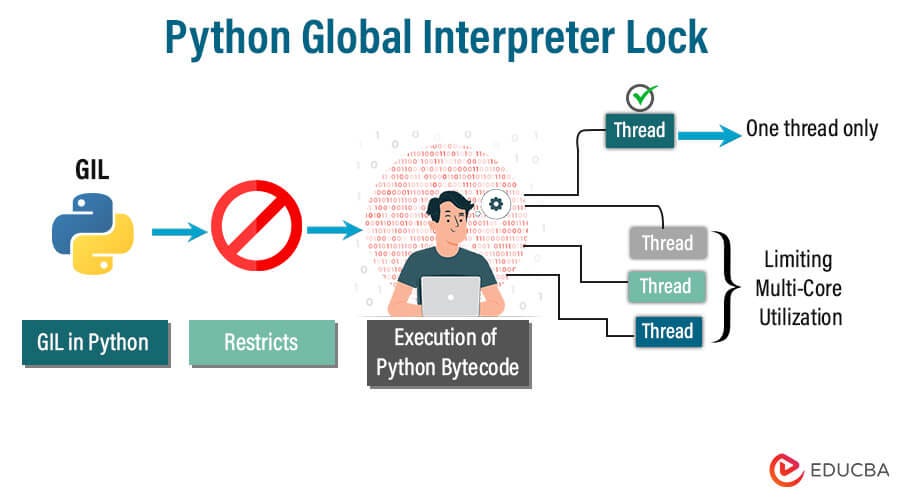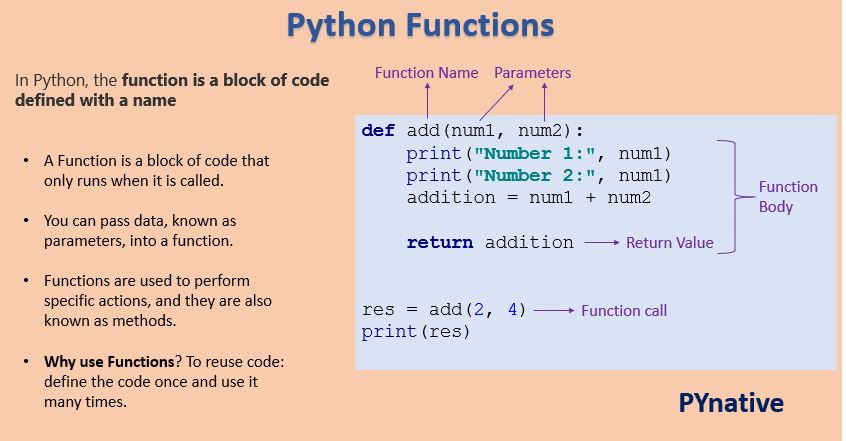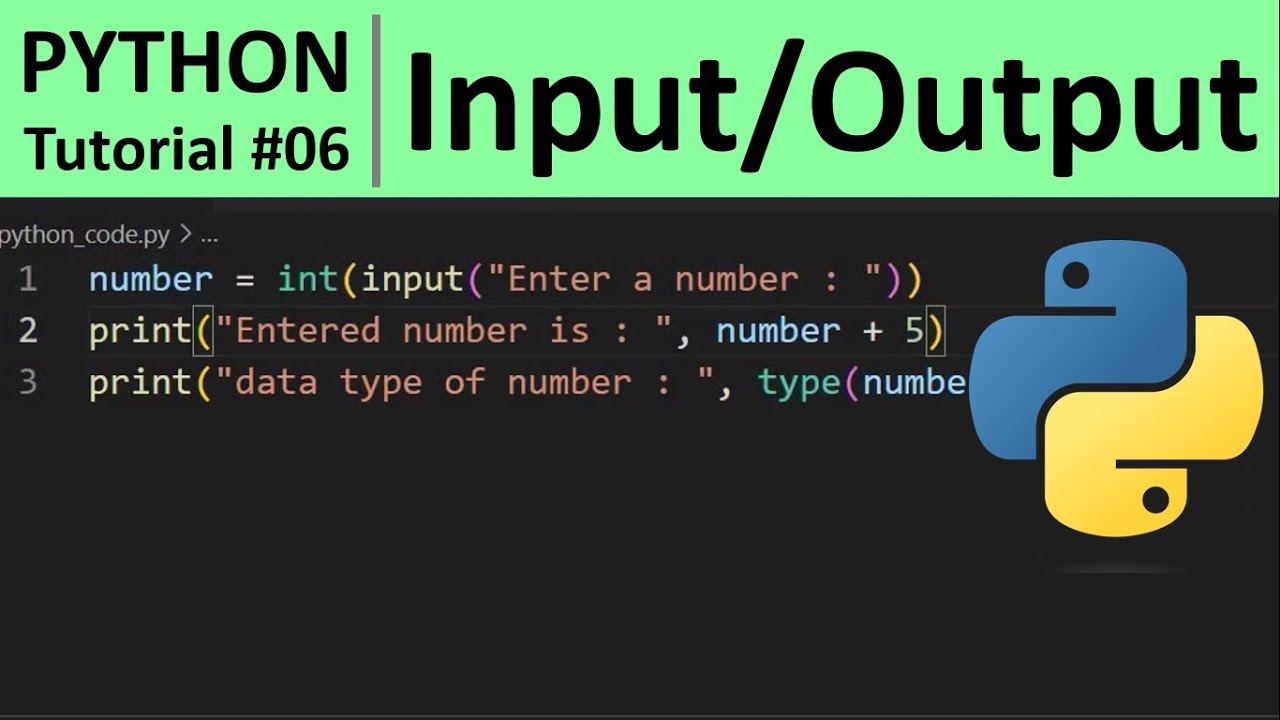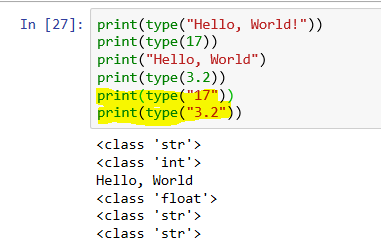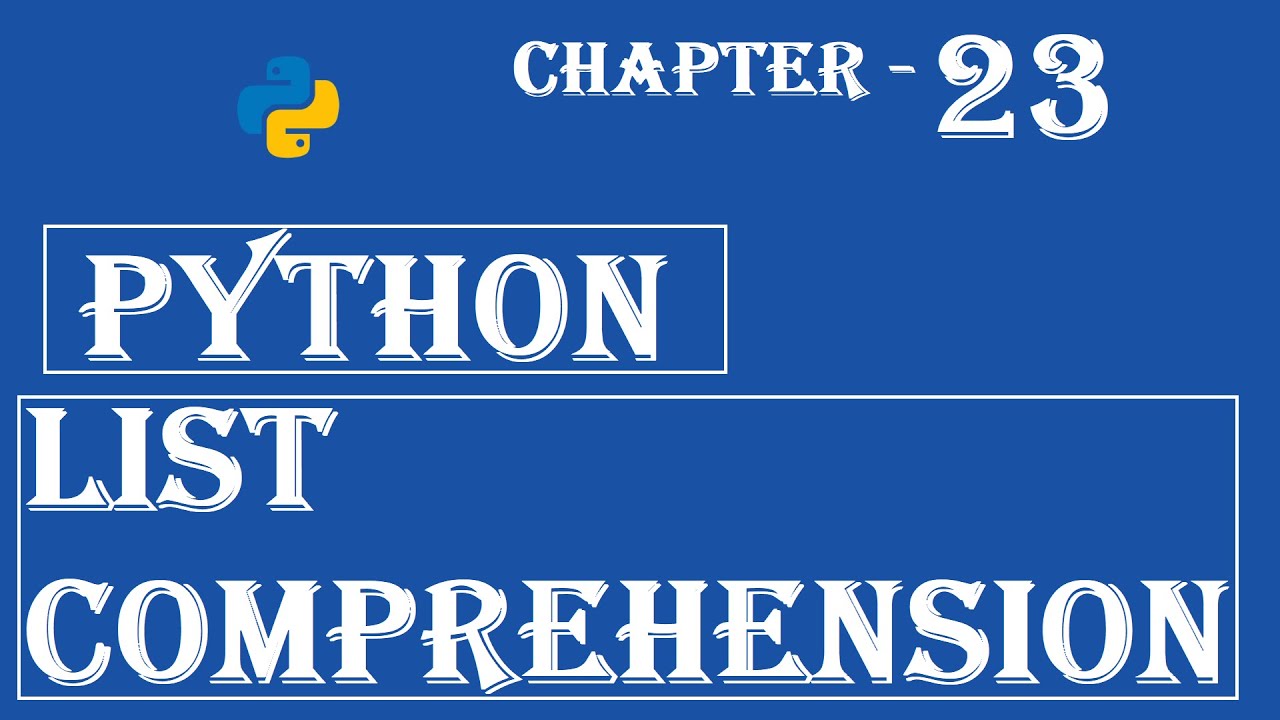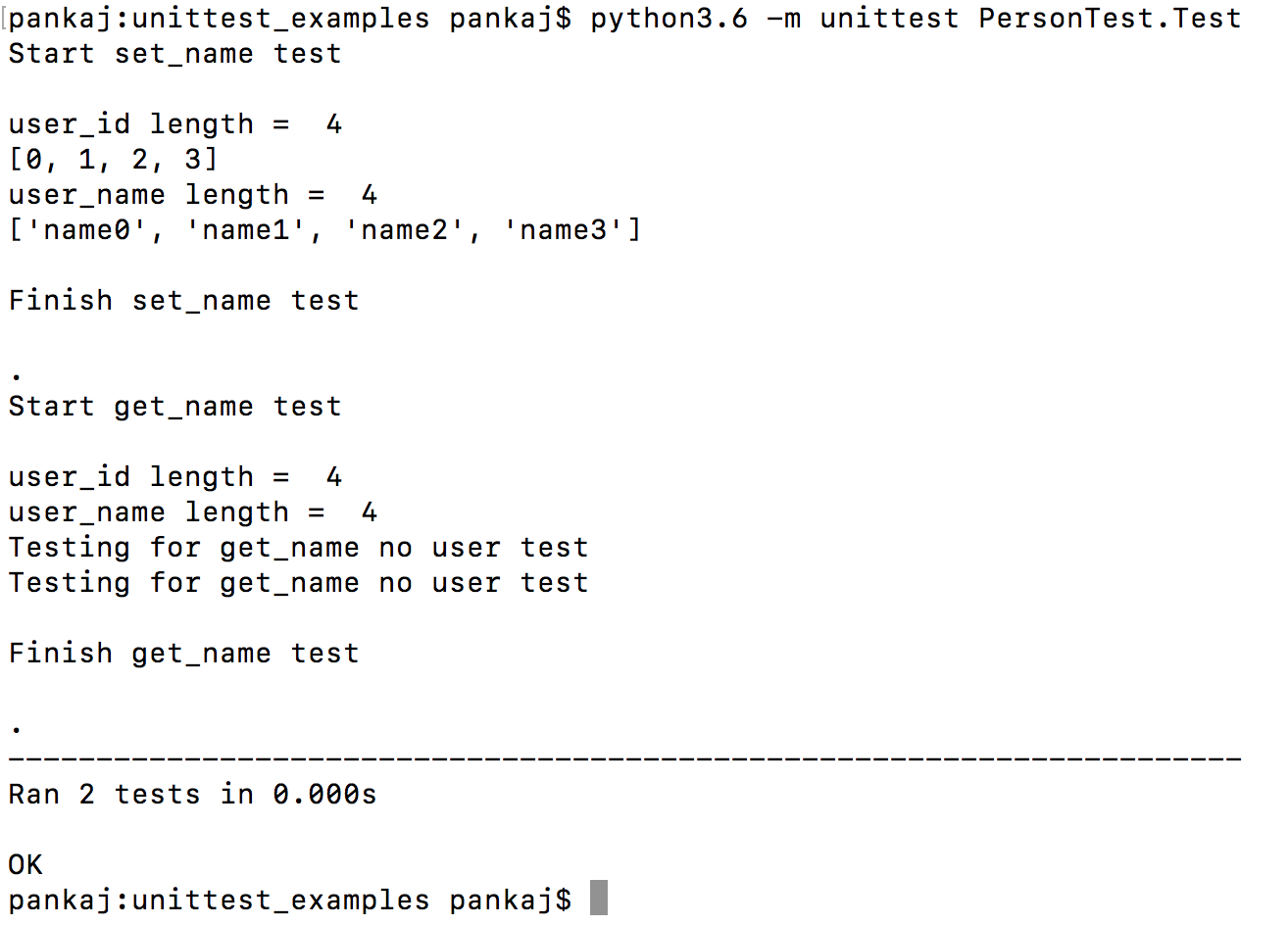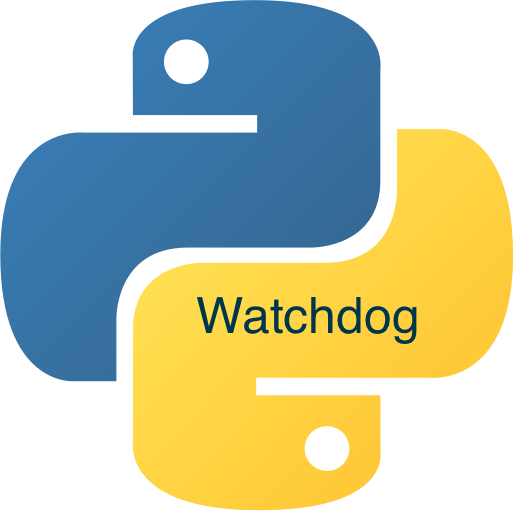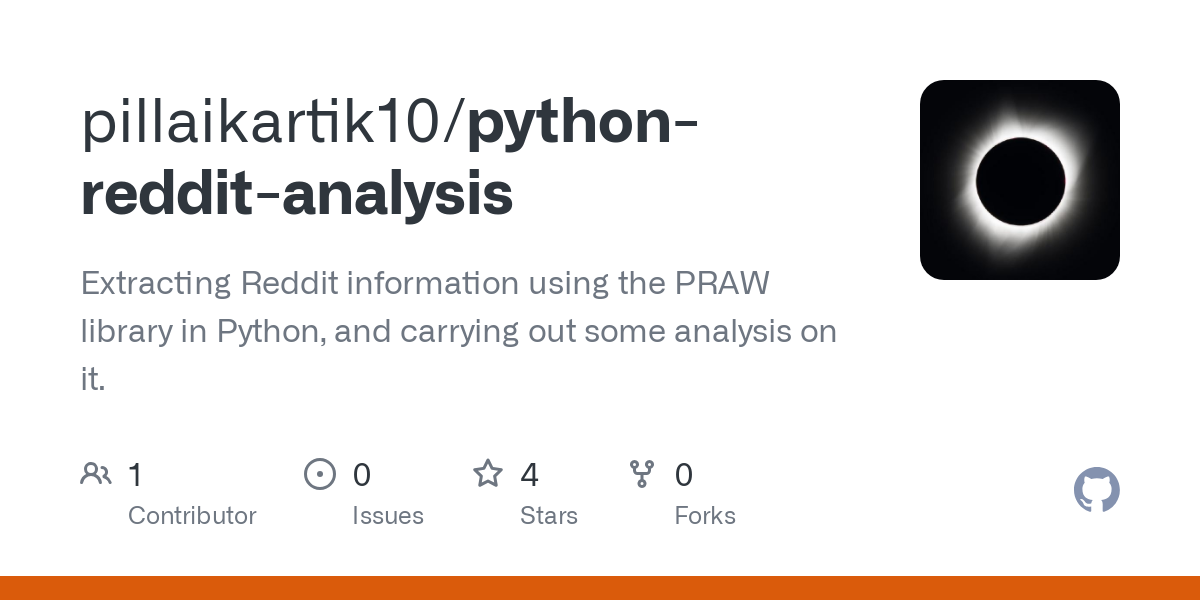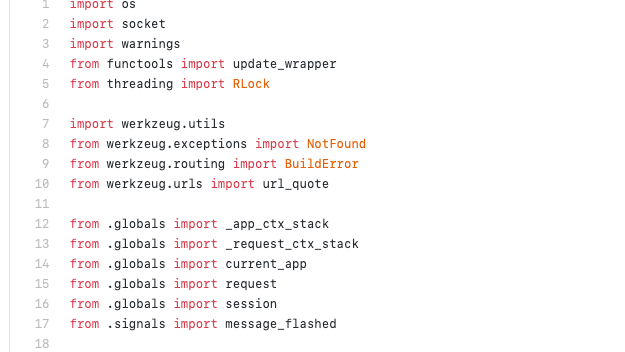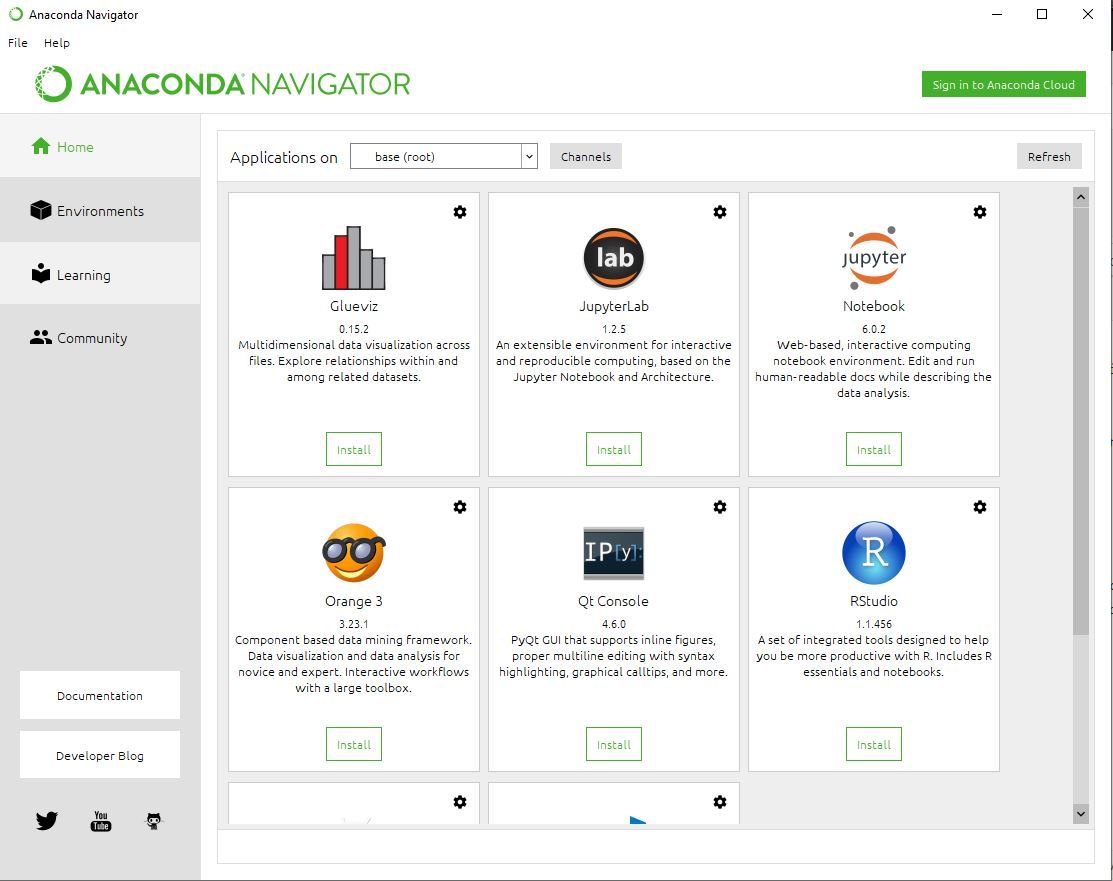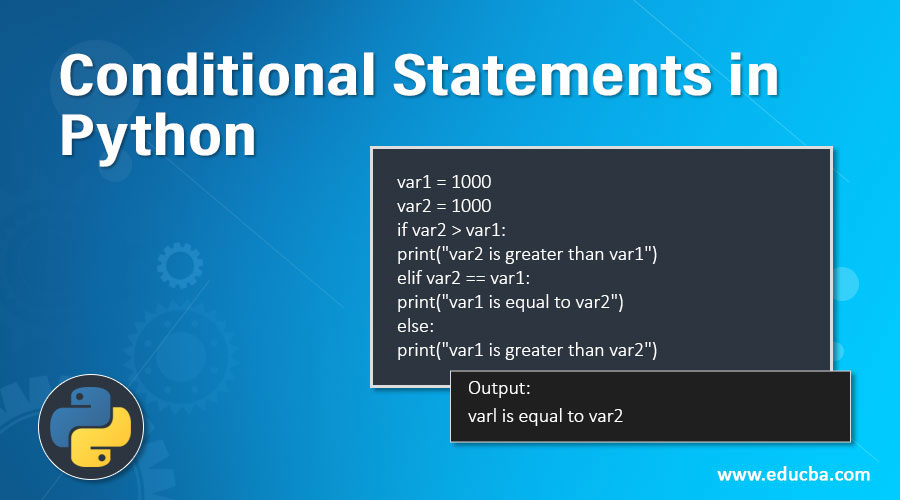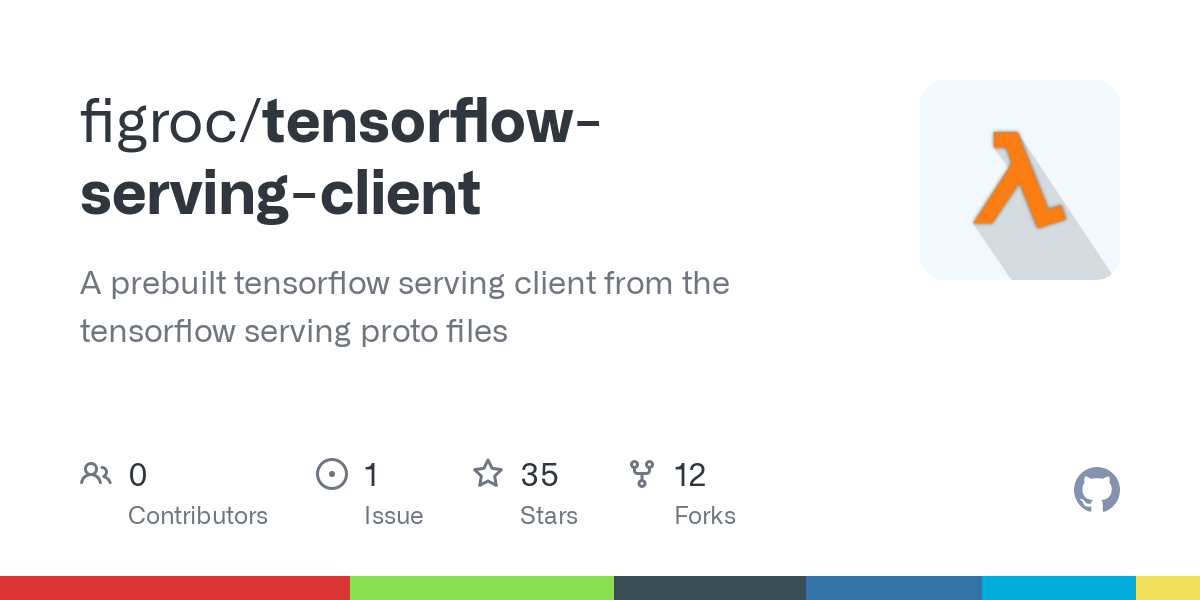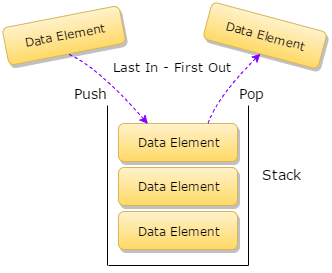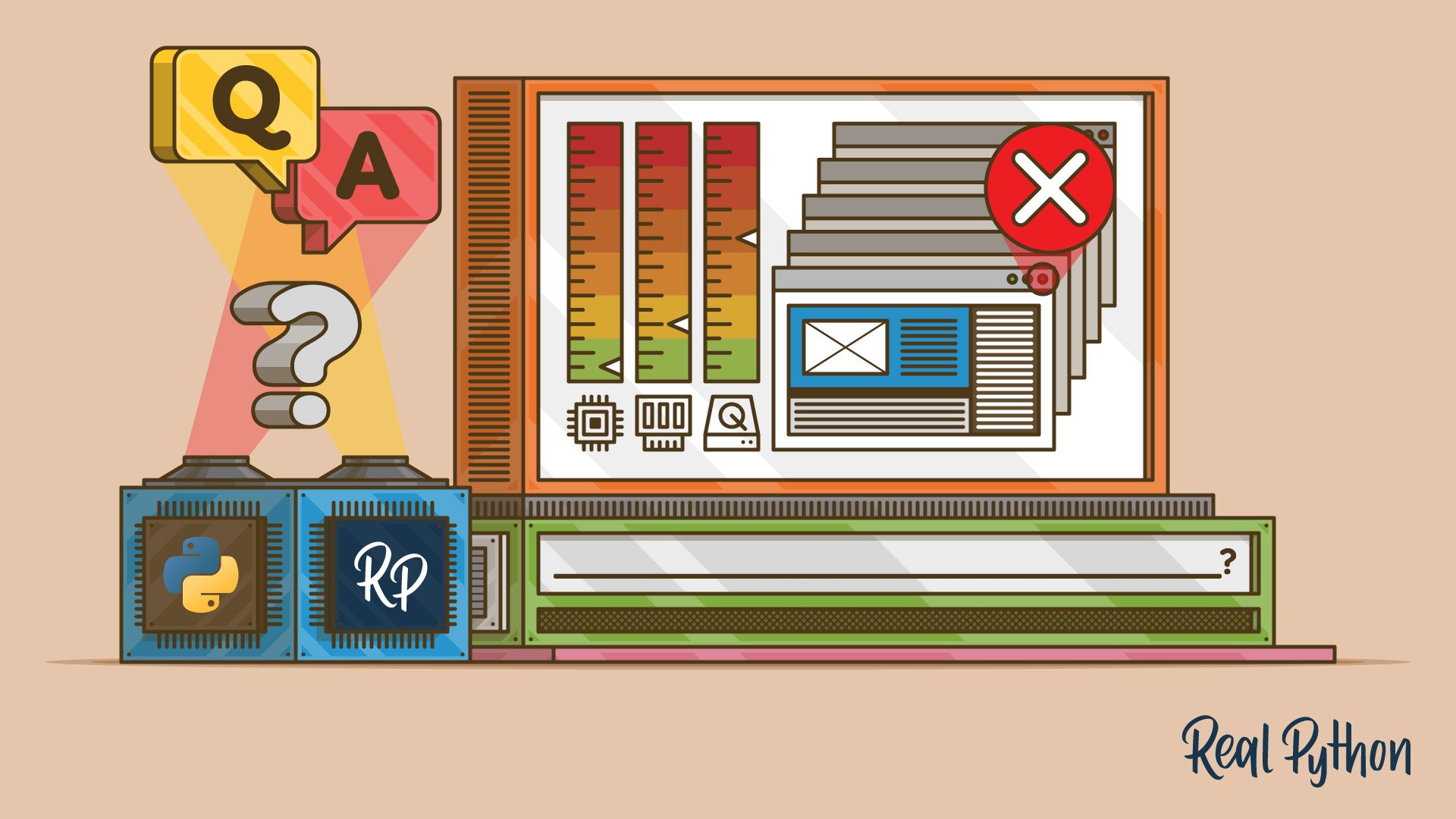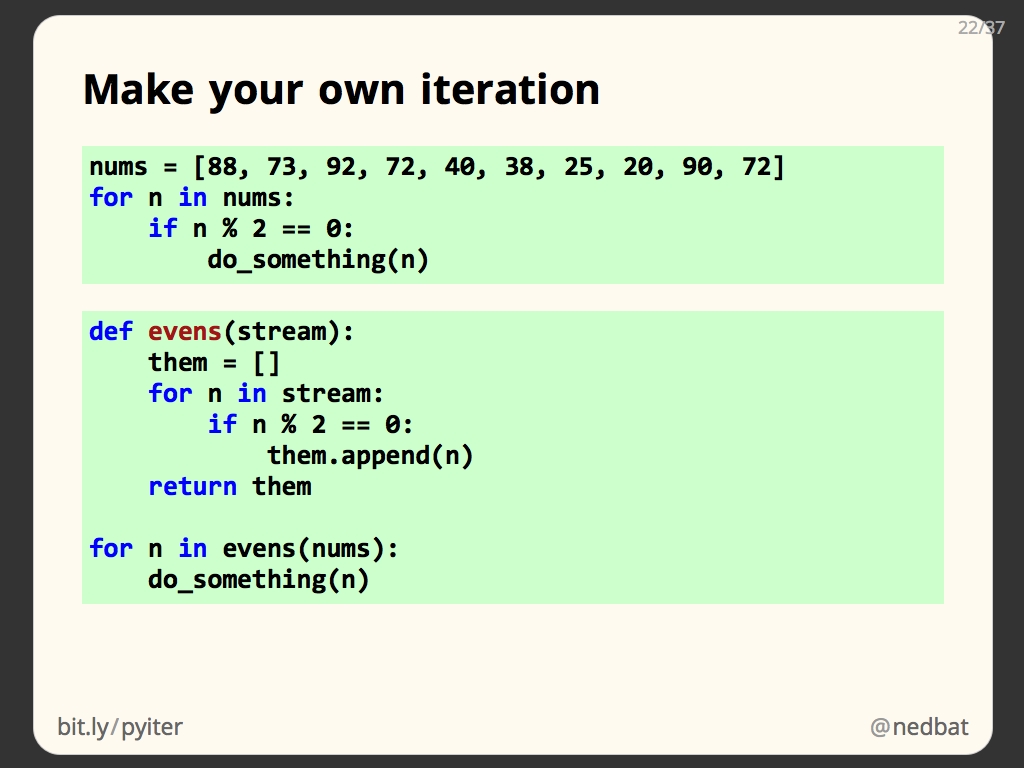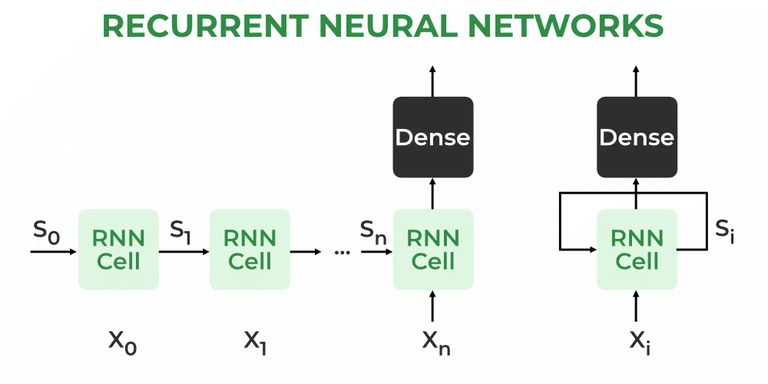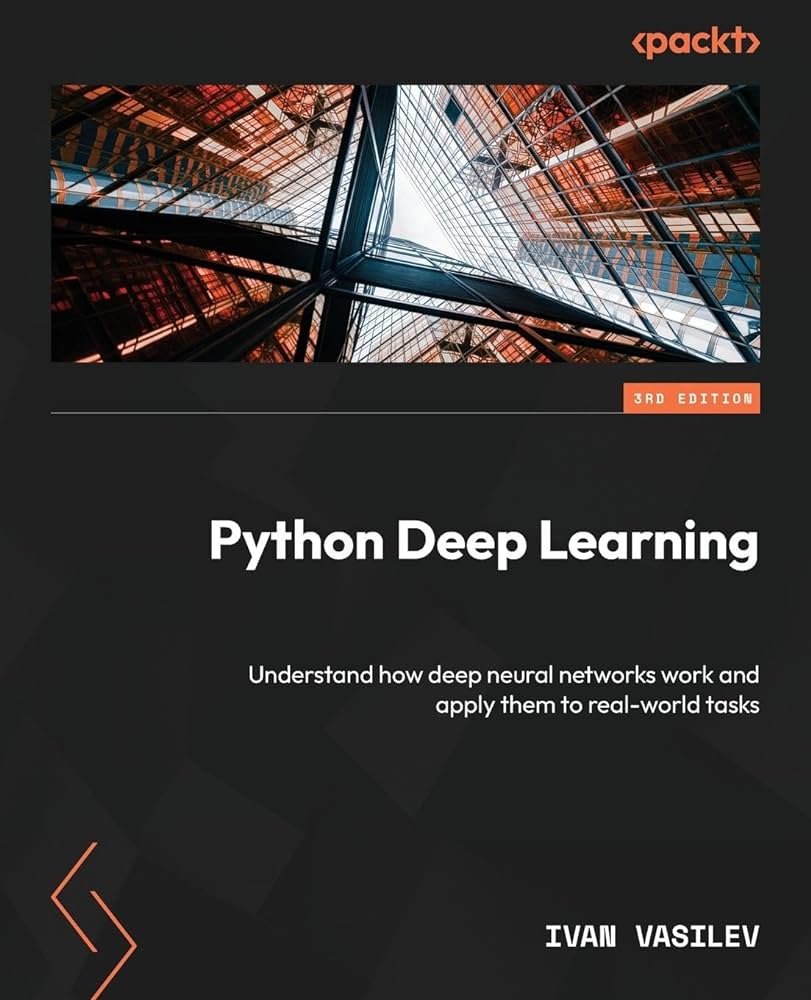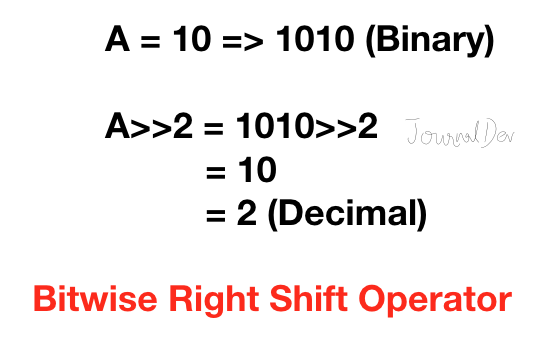Python list of type class stack overflow
Python list of type class stack overflow

A delightful topic! A Python list can indeed exhibit behavior reminiscent of a stack, and it's fascinating to explore this concept further.
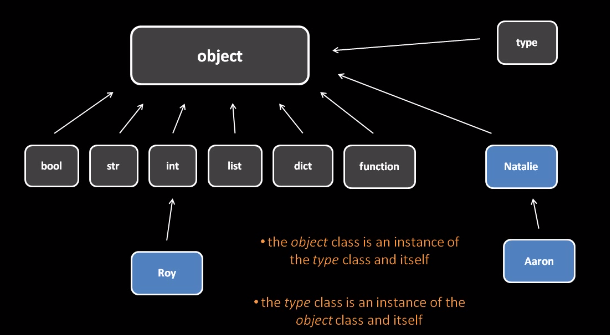
What is a Stack?
In computer science, a stack is a last-in, first-out (LIFO) data structure. Imagine a plate stack: when you add a new plate on top, the older ones get pushed below. When you remove a plate from the top, it's the one that was most recently added.
Python List as a Stack
In Python, we can use a list to simulate this behavior by implementing a stack using the append and pop operations. Let's dive into an example:
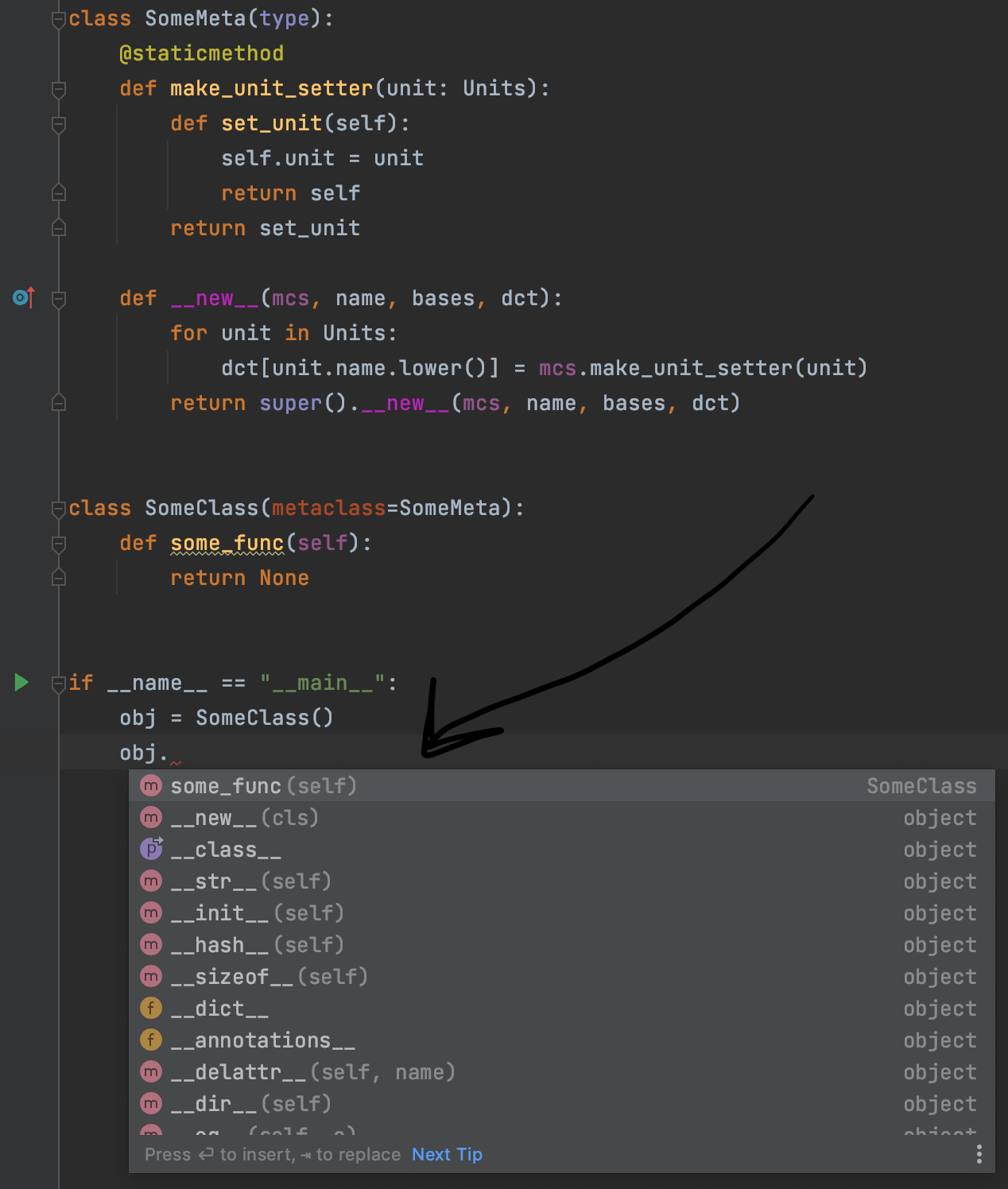
class Stack:
def init(self):
self.stack = []
def push(self, item):
self.stack.append(item)
def pop(self):
if not self.is_empty():
return self.stack.pop()
else:
raise ValueError("Stack is empty!")
def peek(self):
if not self.is_empty():
return self.stack[-1]
else:
raise ValueError("Stack is empty!")
def is_empty(self):
return len(self.stack) == 0
stack = Stack()
Pushing elements onto the stack
stack.push(1)
stack.push(2)
stack.push(3)
print(stack.peek()) # Output: 3
print(stack.pop()) # Output: 3
print(stack.pop()) # Output: 2
print(stack.pop()) # Output: 1
try:
print(stack.pop()) # Raises ValueError: Stack is empty!
except ValueError as e:
print(e)
In this example, we define a Stack class that uses a list to store the elements. The push method adds an element to the end of the list (like placing a new plate on top), while pop removes and returns the last added element (like taking off the top plate). The peek method allows us to see the topmost element without removing it.
Advantages of Using a List as a Stack
This implementation has several benefits:
Memory efficiency: We don't need to worry about managing memory for each stack operation, as Python's list is already optimized for this. Convenience: Theappend and pop operations are built-in to the list, making our code easier to read and write. Flexibility: We can easily extend this basic implementation with additional features (e.g., handling stack overflow or implementing a priority queue).
Limitations of Using a List as a Stack
While using a list as a stack is convenient, it's not without its limitations:
Performance: For very large datasets or high-throughput scenarios, the overhead of list operations might become noticeable. Immutability: Lists are mutable, which means our stack implementation doesn't guarantee that the original state of the data remains intact.Conclusion
In conclusion, using a Python list as a stack is an effective and efficient way to implement this LIFO data structure. While it's not perfect (no solution is), it provides a good starting point for many use cases. When needed, we can always consider more specialized data structures or libraries that better suit our specific requirements.
Now, if you'll excuse me, I have some virtual plates to stack!
Is list a type or a class Python?

I'd be happy to explain the difference between types and classes in Python!
In Python, a type is a built-in or user-defined concept that represents a set of values with similar properties and behaviors. Think of it as a category or a label that can be applied to any value. For instance:
Integers (int) are a type. Floats (float) are a type. Strings (str) are a type.When you create a variable, its type is determined by the value assigned to it. For example:
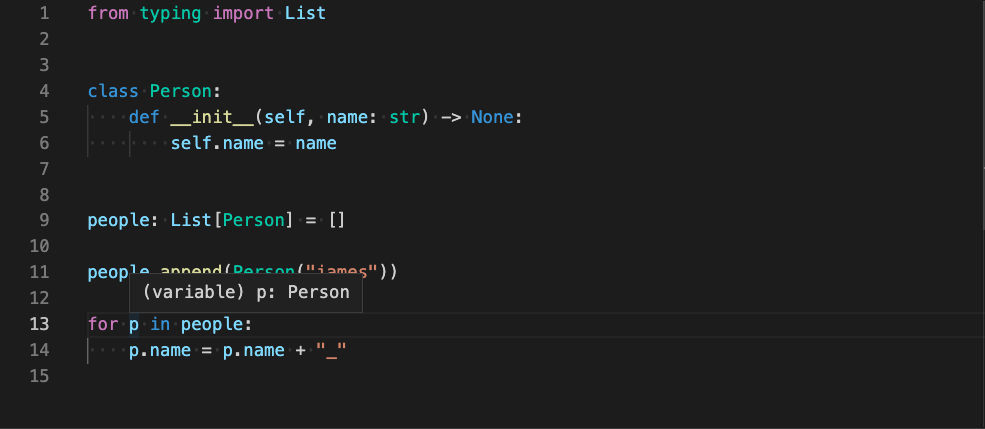
x = 5 # x is an integer (int)
y = "hello" # y is a string (str)
In Python, types are used for basic data structures and primitive types like numbers and strings.
On the other hand, a class is a custom-defined blueprint that can be instantiated to create objects. Classes are used to define complex data structures with attributes (data) and methods (functions). A class is essentially a template that defines how an object should be created and what behaviors it should have.
Here's an example of defining a simple class:
class Person:
def init(self, name, age):
self.name = name
self.age = age
def greet(self):
print(f"Hello, my name is {self.name} and I'm {self.age} years old!")
p1 = Person("John", 30) # creating an object (instance)
p2 = Person("Jane", 25)
p1.greet() # Hello, my name is John and I'm 30 years old!
p2.greet() # Hello, my name is Jane and I'm 25 years old!
In Python, classes are used for defining custom objects that have their own attributes and behaviors.
To summarize:
Types refer to built-in or user-defined concepts that represent sets of values with similar properties. Classes define custom blueprints for creating objects with attributes (data) and methods (functions).While both types and classes can be used in Python, the main difference lies in their purpose: types are used for basic data structures, whereas classes are used for defining complex custom objects.
